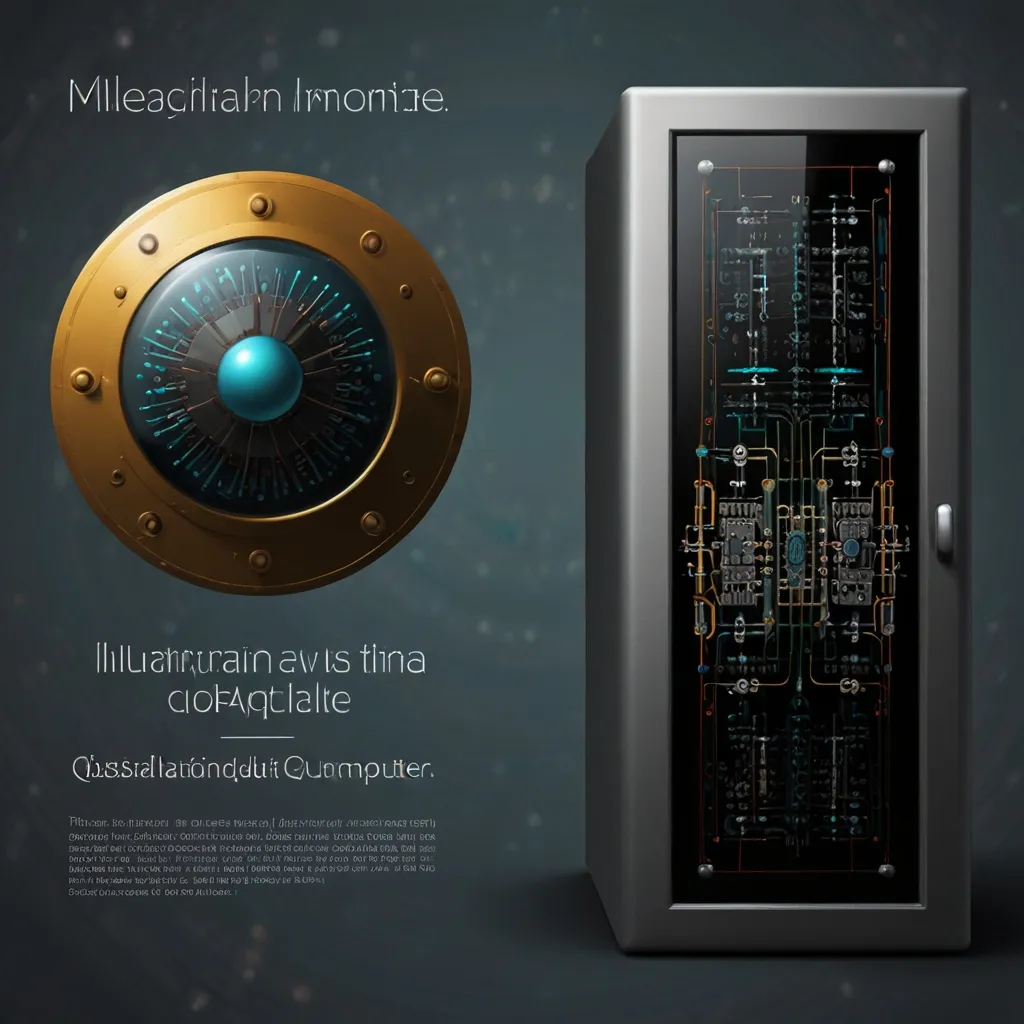If you’re a Star Trek fan, you’ve probably come across the concept of the Prime Directive. This law forbids humans from interfering with the internal and natural development of alien civilizations. It’s a rule that speaks to a noble aim—allowing societies to evolve without unwelcome disruptions. But what if this principle isn’t just a science fiction idea? What if an advanced alien species is applying this same directive to us?
Imagine the possibility that super-intelligent beings are studying Earth without us even knowing. Their technology could be so advanced that they remain invisible, observing us like scientists observing microorganisms. We might be unknowingly participating in their experiments, never realizing that we’re under surveillance.
What if there’s a massive alien spacecraft lurking somewhere in the cosmos, hidden by sophisticated cloaking technology? Astronomers can only see objects that emit or reflect various forms of electromagnetic radiation, like light or radio waves. If aliens have mastered the art of camouflaging these signals, their presence would be undetectable to our current technology. Even our best efforts to create non-reflective objects, though incredibly basic compared to such advanced tech, hint at the plausibility of this idea.
However, getting here is another story. Our solar system is familiar territory; no inhabited planets are orbiting our Sun besides Earth. So, these aliens would have to travel from a different star system. The nearest one is 4.5 light-years away, and traversing such distances at speeds close to light requires enormous amounts of energy. We would have noticed the massive energy signatures from such travel in our telescopes.
Would these aliens look like the ones we see in movies? Probably not. Our depictions of humanoid aliens mostly reflect our limited point of view. Truly alien life forms could be so different from us that we might not even recognize them as living beings. They could be smaller than the smallest bacteria or use quantum computing technology, rendering them nearly invisible to our senses.
Time is another dimension where our assumptions might fail. Alien life forms could perceive time at a completely different scale. What if what feels like a second to us spans a day for them? They could observe and study us in a flash, leaving no trace behind.
These theoretical aliens, especially if they are tiny and fast, might still need to expend energy to move around Earth. Detecting such movement would require specialized and highly sensitive equipment. The journey to Earth itself would leave some form of electromagnetic signature, especially if their craft are traveling slower, say at one-tenth the speed of light, which still takes considerable time.
So, are there aliens here? The most feasible scenario is the presence of small, AI-driven probes. This isn’t just fancy science fiction; it’s a practical method we might employ ourselves to explore distant star systems like Proxima Centauri. These probes, potentially using ion drive or EM drive technology, could be zooming through space or already in our vicinity, quietly collecting data.
In the near future, we might see the creation of artificial life forms with human-like intelligence, perfect for long-duration space travel. They would be durable, resistant to the effects of space, and could even go into a low-power ‘sleep mode’ during their journey.
Why would any civilization go through all the trouble? Not for conquest, but for curiosity. Much like how we send out missions to Mars and beyond to learn more about our universe, an advanced civilization would explore to understand their cosmic neighbors. It’s about fulfillment, curiosity, and the timeless quest for knowledge.
So, is there evidence that these tiny alien probes could already be here? From a scientific perspective, it’s possible, albeit in ways we may not yet fully understand. But just like our desire to explore the unknown, their motives would be rooted in the quest for discovery and understanding.






